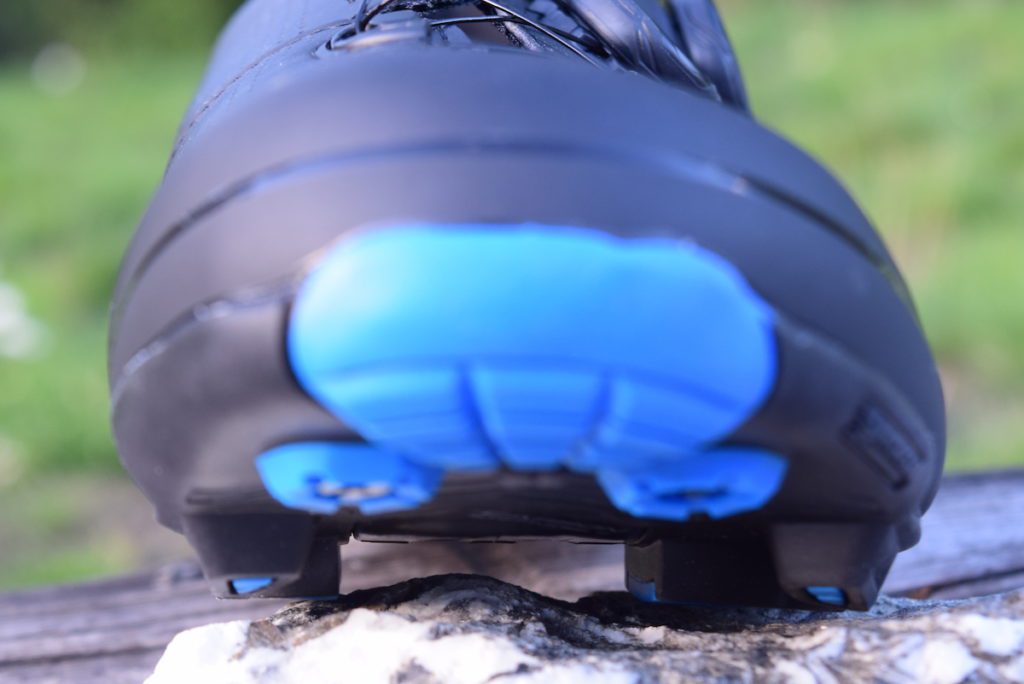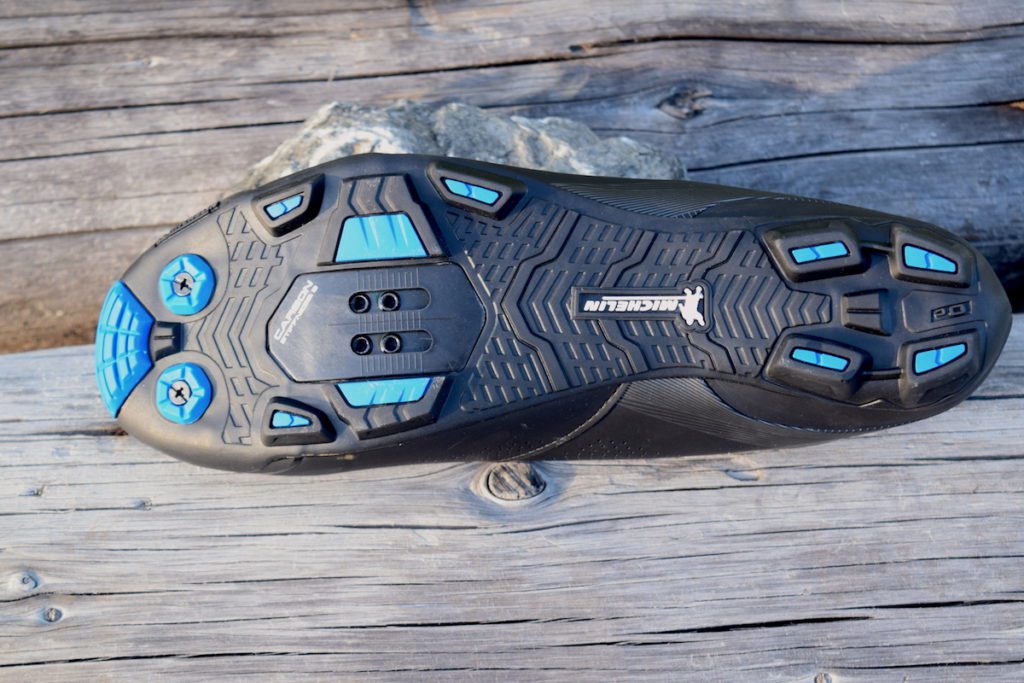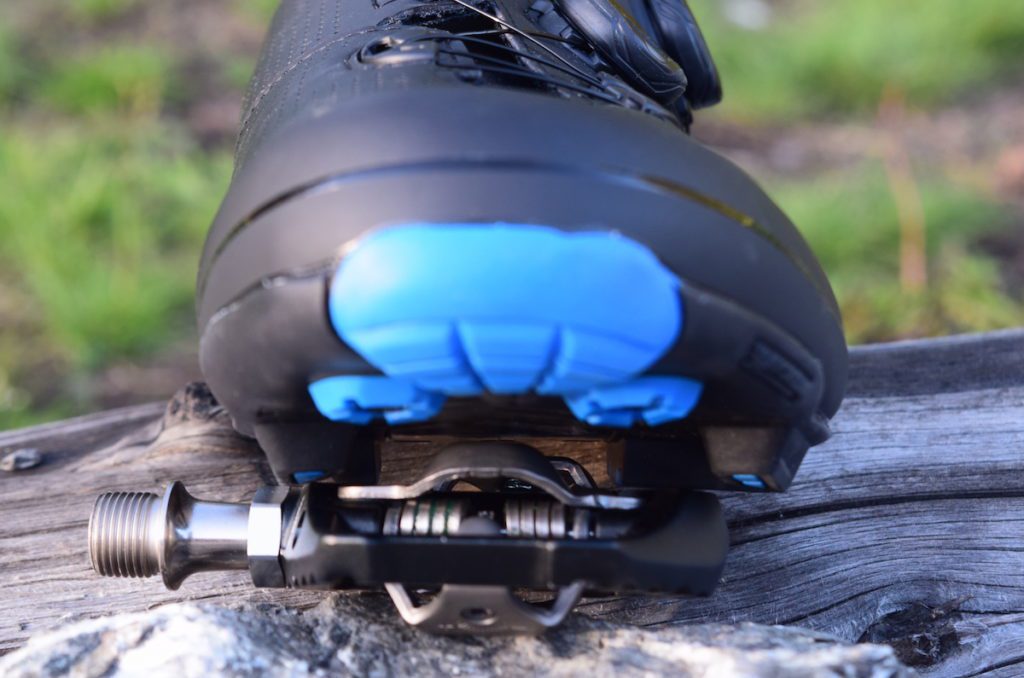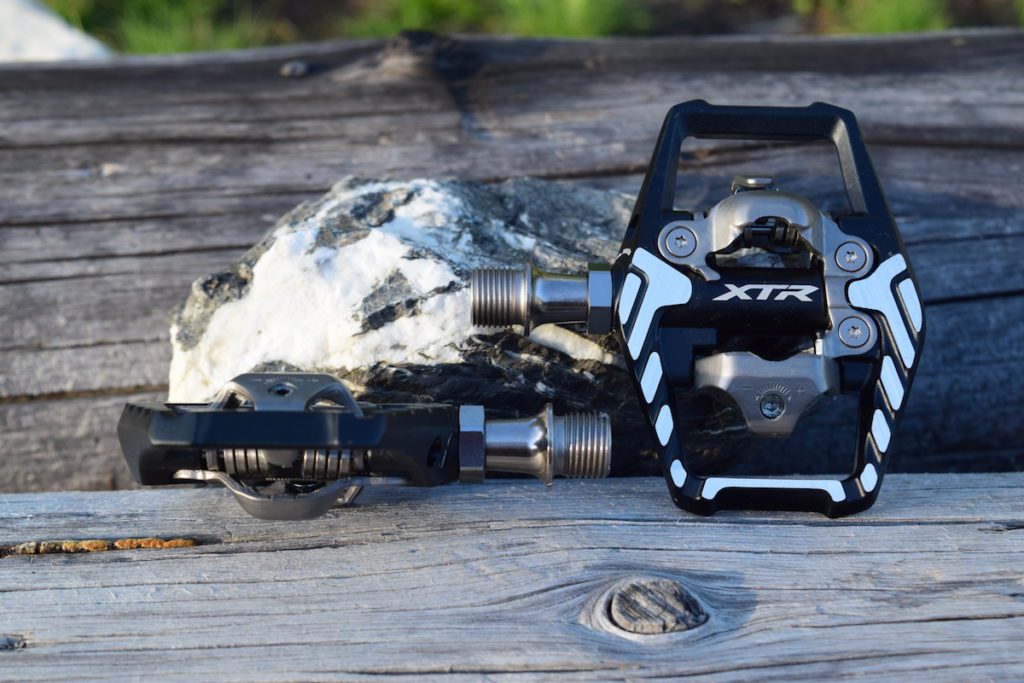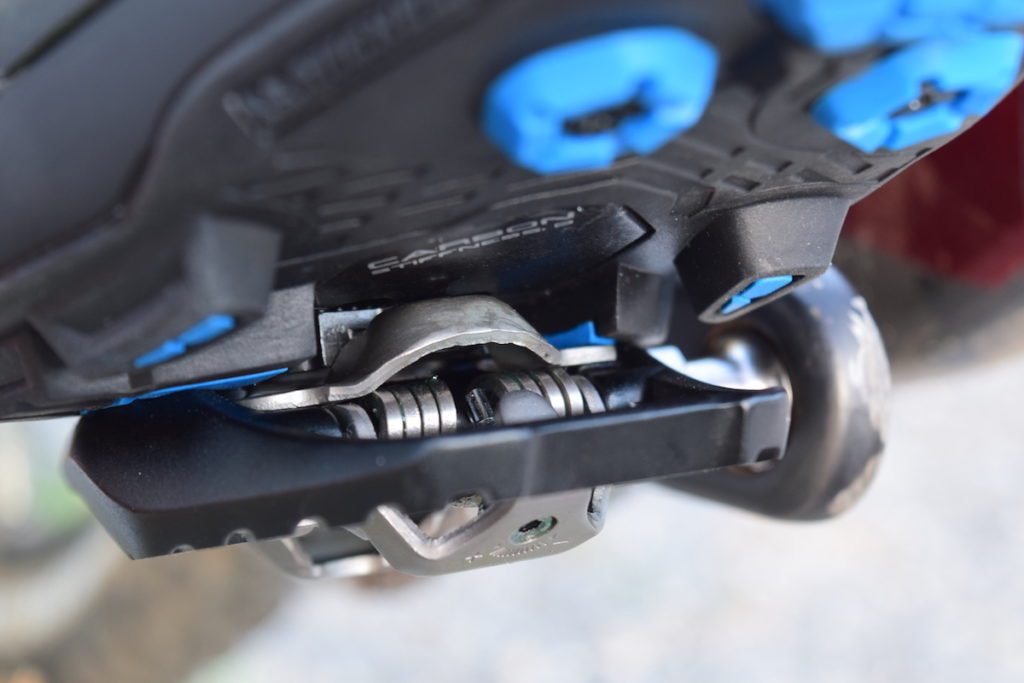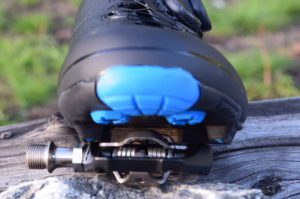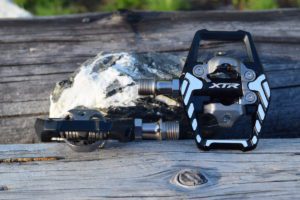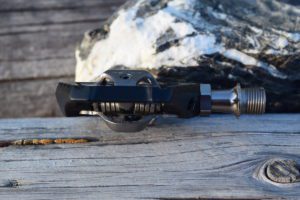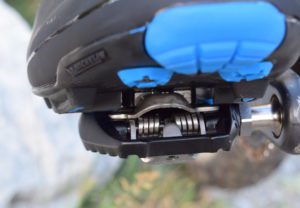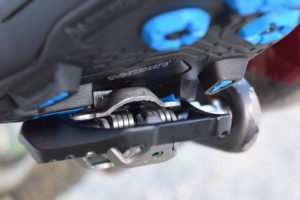What you can gain from an integrated shoe-pedal system
Pairing footwear and performance pedals means more than matching colours
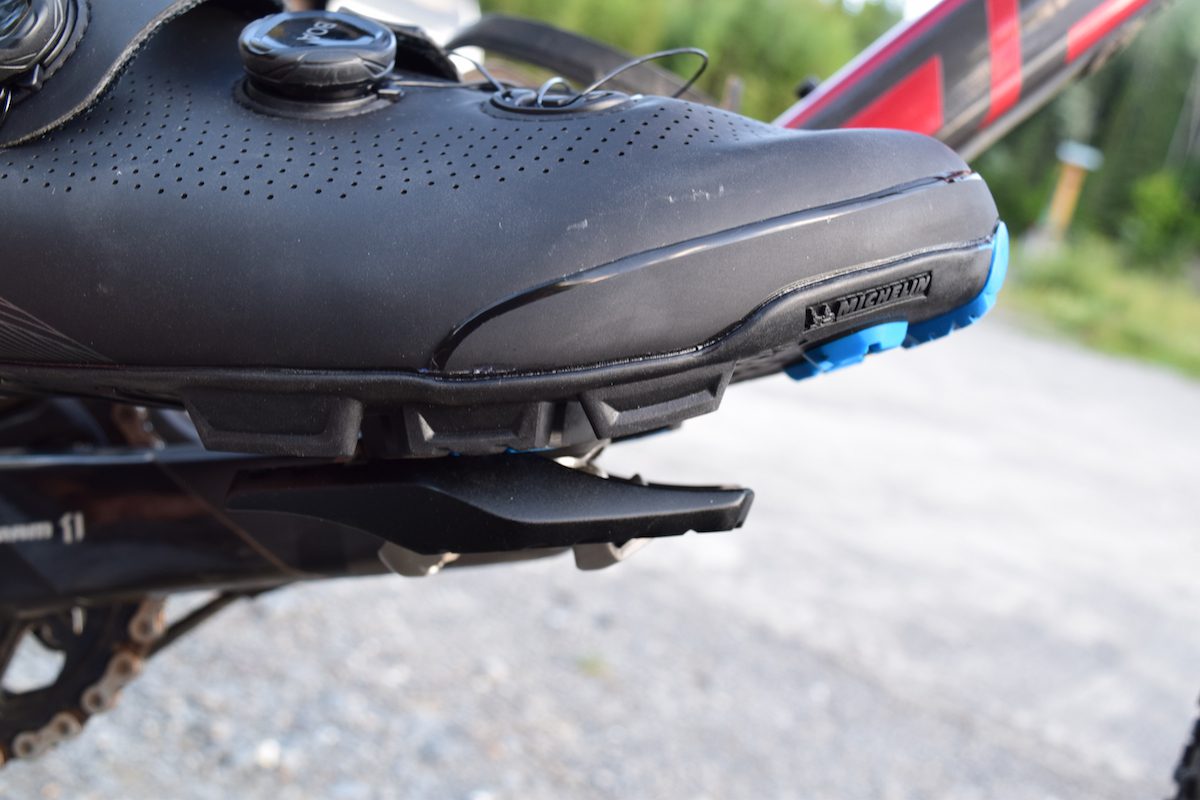
Shoes and pedals are both parts of the bike riders obsess over, debate frequently and, when they find a preferred shoe or pedal, can be fiercely loyal to.
As one of three contact points on the bike, along with grips and saddle, this makes sense. While handle bars provide control, and a preferred saddle can be a sensitive topic for obvious reasons, pedals and shoes work together to drive the bike forward.
While these two parts are often debated separately, the way they work together is often given much less attention.
As the lone brand manufacturing both pedals and shoes for mountain biking, and as a brand with a reputation for near-obsessive attention to detail, Shimano has spent plenty of time studying the interface between pedal and shoe. With its new line of pedals and shoes, Shimano has also put effort into improving this interface.
It’s range of mountain bike shoes is specifically designed to work with its XC, trail, and downhill pedals. How, and why?
For starters, the cleat channel is made of harder rubber, to provide more stability and more efficient pedalling. It is also the perfect depth to provide solid contact with the re-designed XTR Trail pedal, without causing interference when trying to clip in or out.
How does this help on the trail? Whether you’re racing XC, enduro, or just riding, it provides more stability on the bike. Increased lateral support from the tread/pedal body interface makes pedaling more efficient, as your foot is not rolling side to side, but driving directly down on the pedal.
Through rougher sections of trail, the lateral support gives you more control over the bike. Matching the cleat height with the tread means you have the lateral support, but still have enough freedom to move your feet side to side as you change your position on the bike. In contrast, when the lugs are too tall, it can be hard to clip in, or to move around on the pedal. When they’re too short, the foot can roll, providing less support and, if really bad, the sensation of nearly clipping out.
This support has two positive impacts. It increases confidence and adds efficiency. With a better connection between pedal and shoe, you can enter tricky sections of trail with more confidence, knowing there is a solid platform under foot. Whether you use that added confidence to ride sections you wouldn’t otherwise, or ride tricky sections faster is up to you.
Second, the improved support of a pedal and shoe designed as a system is improved efficiency. Instead of using extra energy on balancing and stabilizing through rough sections of trail and corners, a more stable connection shoe and pedal platform lets you put down power efficiently, and save watts for the next climb. Ride further, ride faster and more confidently.

